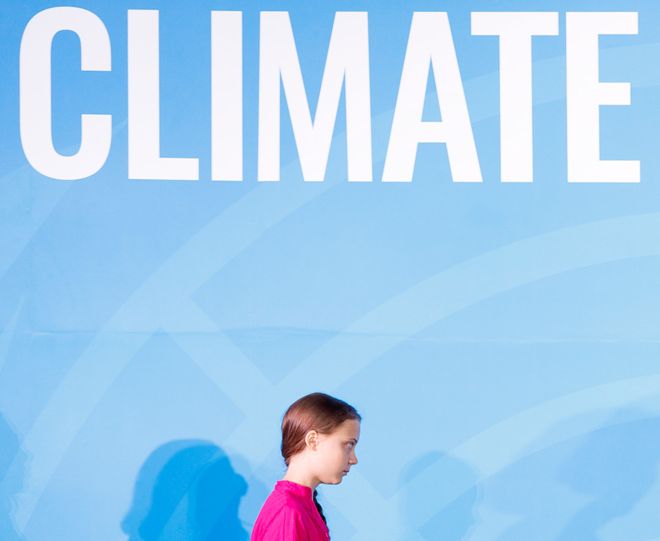
You may have heard the term ‘Herd immunity’, and how it prevents outbreaks of diseases depending on how large percentage of a population is vaccinated against said diseases. But what is it? And how does it work?
The short answer, the fewer potential hosts for the bacteria or virus to spread to, the harder it is for it to spread.
Above graphic illustartes it very well.
Here’s the definition for herd imunity by Vaccines.gov:
Vaccines can prevent outbreaks of disease and save lives.
When a critical portion of a community is immunized against a contagious disease, most members of the community are protected against that disease because there is little opportunity for an outbreak. Even those who are not eligible for certain vaccines—such as infants, pregnant women, or immunocompromised individuals—get some protection because the spread of contagious disease is contained. This is known as “community immunity.”
The principle of community immunity applies to control of a variety of contagious diseases, including influenza, measles, mumps, rotavirus, and pneumococcal disease.





